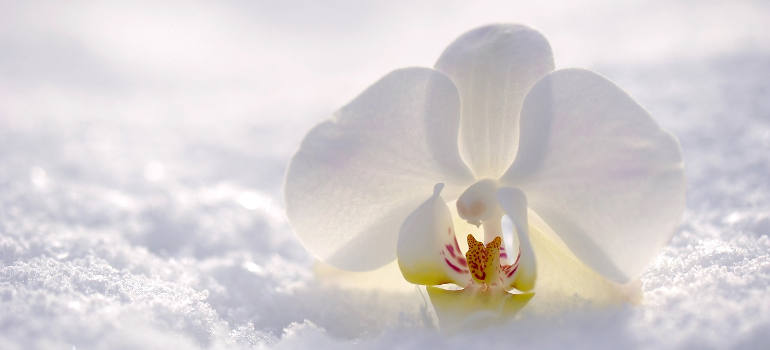
If you think December, January and February are all about raking leaves and tidying up, think again. There’s no reason why your winter garden should be short on colour. In fact, there is a good number of plants that bloom beautifully even in the coldest of weather.
So let’s see which winter flowering plants you can add to your garden, so you can guarantee your outdoor space’s colourful and attractive appearance even when the temperature drops.
Table of Contents
Mahonia (Mahonia)
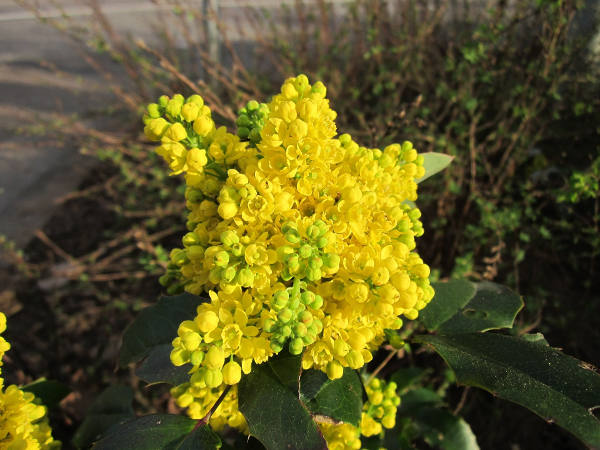
However, if you are planning to make your garden wildlife-friendly, mahonia is your answer – the plant gives edible fruits, which you can make jam with. Mahonia doesn’t like soggy wet soil. Grow in a partial shade spot and prune it after flowering.
Daphne (Daphne odora)
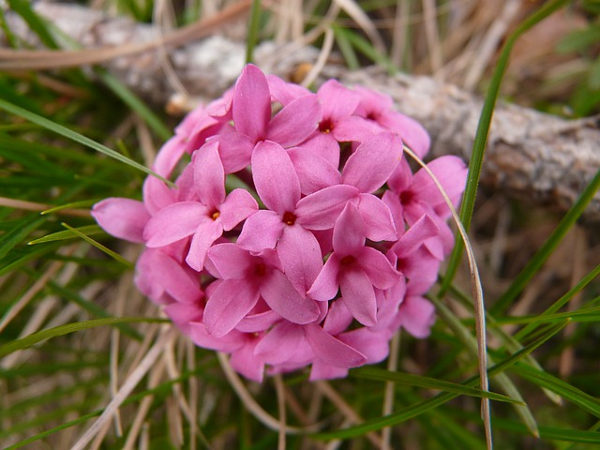
Daphne is an evergreen shrub with shiny and green foliage, and it reaches around 3 ft in both height and width. Its flowers look like little crosses, dyed in white to dark pink.
Sow the plant on a spot that will be lit by the morning sun each day, or under a dappled shade. It doesn’t need frequent pruning or watering – do it only when it’s necessary. A way you can help daphne grow faster and easier is to plant it in slightly elevated beds.
Wintersweet (Chimonanthus praecox)
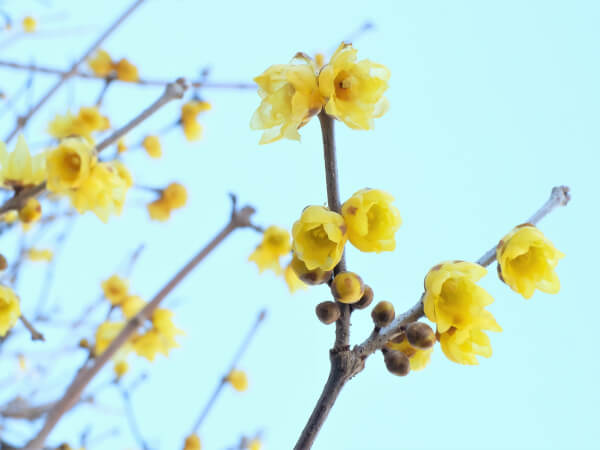
It prefers a well-drained garden soil, which can even be on the chalky side.
Plant it in a sunny, sheltered position near a south wall.
Winter heath (Erica carnea)

You can plant them in a rock garden or in a pot inside your home.
The winter heath bush is really low maintenance, just make sure to water it regularly.
Christmas rose (Helleborus niger)
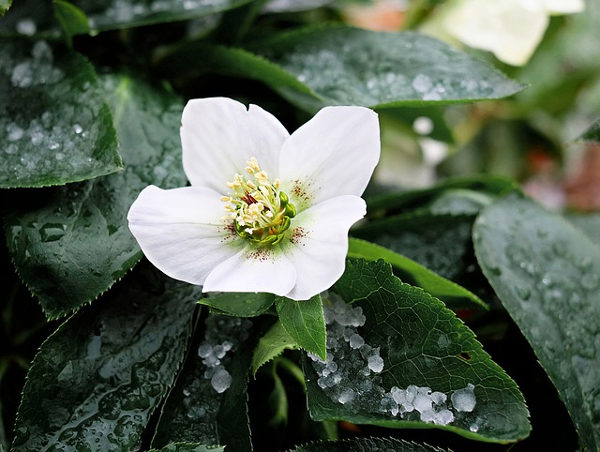
Legend has it, a little shepherd asked the angels for a gift to give to newly-born baby Jesus. At that moment, a beautiful Christmas rose appeared out of the snow as a holy present.
The plant is durable and easy growing. It loves partial shade and grows best in a moist but well-draining soil. Christmas rose blooms with white flowers which get a hint of pink when they age.
Winter Jasmine (Jasminum nudiflorum)
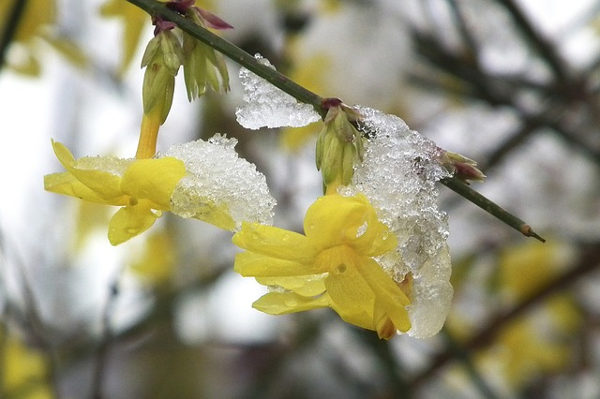
Winter jasmine will look best if you decide to use it to cover slopes and walls in your garden. It spreads easily but it’s not an invasive plant. Although it doesn’t have any special requirements as far as outer conditions are involved, Winter Jasmine will surely grow best under full sun. Prune it as soon as flowering kicks in.
Witch hazel (Hamamelis)

It doesn’t have exactly petals – the flowers are spidery looking and a sulphur-yellow in colour.
The plant needs to be positioned in a sunny space, as it can become straggly in shade.
Remember to avoid exposed and windy positions.
Camellia (Camellia)
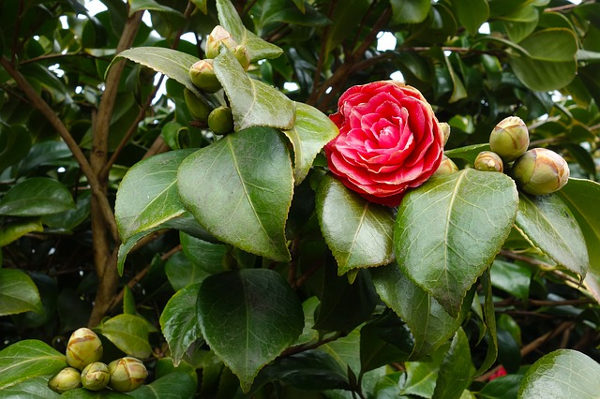
During winter, protect from freeze with horticultural fleece or bubble wrap. However, with proper garden care, you will have beautiful camellias blooming during the coldest of seasons.
Plant them in late spring and prune after flowering. A slightly acidic soil will benefit the delicate flowers, as well as a cool and dry winter.
Honeywort (Cerinthe major)
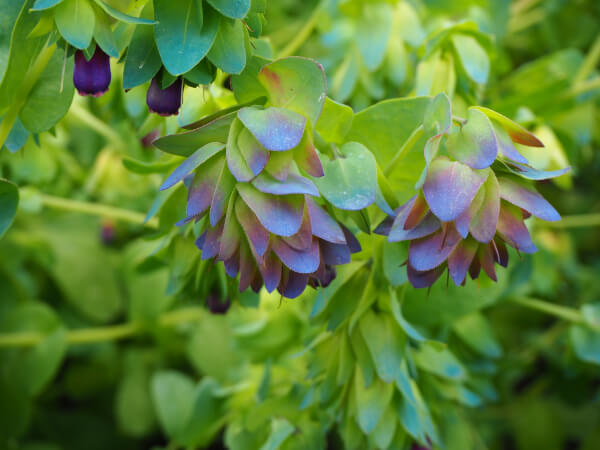
It tolerates drought and can be planted in a container or into the ground.
It prefers a richer soil and a lot of sunlight.
Winter honeysuckle (Lonicera fragrantissima)

Plant at any time in good loamy, moist, and well-drained soil.
It requires full sun to partial shade. Avoid wet conditions.
Skimmia japonica (Japanese skimmia)
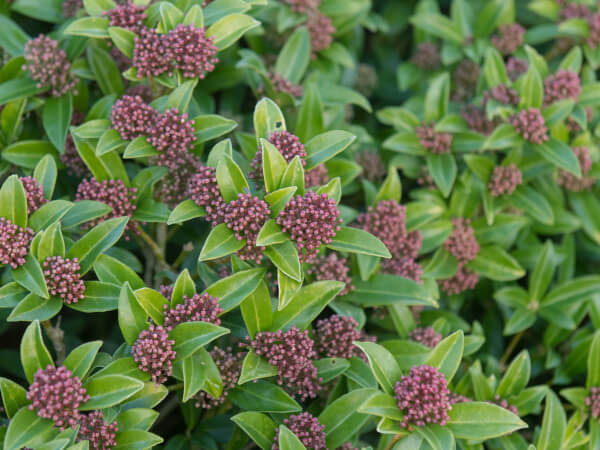
The most popular genus has fragrant white or yellowish flowers and red berries. There are also other interesting varieties, such as Skimmia japonica “Rubella” with light pink flowers and darker coloured buds.
Other species worth mentioning are Skimmia japonica “Temptation” and Skimmia japonica “Veitchii”.
Plant skimmia in a shady spot. It can also tolerate positions in deep shade. Avoid planting it in a full sun place. It prefers neutral and acidic soils.
Snowdrop (Galanthus)

They blossom between January and March. Their white delicate flowers grow best in a moist, but well-drained soil under the shade of a tree.
During most of the year, the snowdrops are dormant beneath the ground level. Therefore, the area where you plant them may look barren. To avoid that, you can plant ferns on top to conceal the space.
Nemesia (Nemesia)
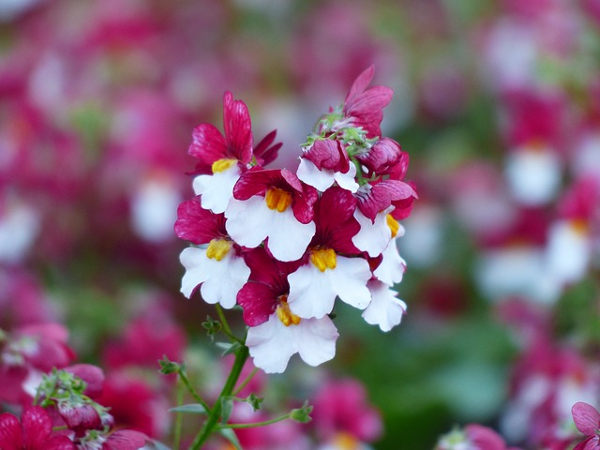
Due to its shape and its frequent bicolour flowers, Nemesia reminds of orchids. It reaches 1 ft height and prefers soil, which is rich in organic matter.
Grow Nemesia under a full sun or afternoon shade. Cooler temperatures work fine for the plant, as it fits the British climate.
Violas (Viola)
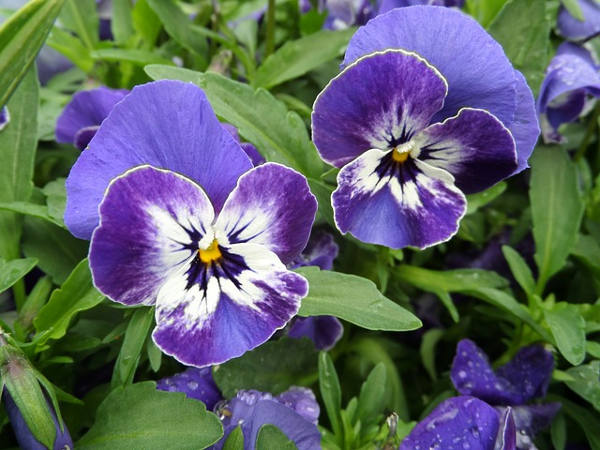
Violas are easy to grow and easy to spread – however, if you live in a forestry area and you’ve got the occasional wildlife visitors, such as deer and rabbits, you should know that they like to snack on violas. Deterrents such as human hair, chives, garlic, onions and moth balls can help chase them away.
Sweet Alyssum (Lobularia maritima)
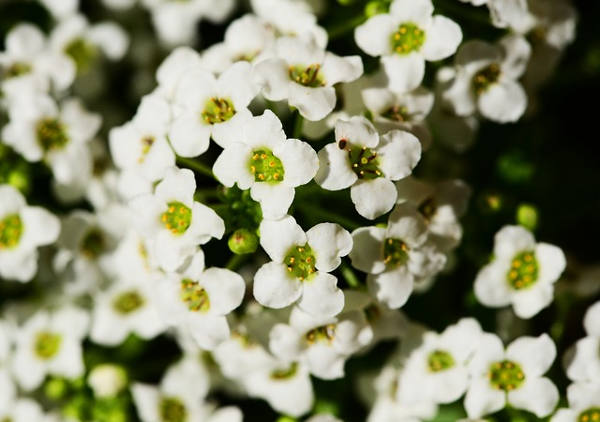
Tolerant to any soil, sweet alyssum will only prefer moderate moisture and good drainage. The best way to ensure the plant’s longevity is to trim it immediately after blooming.
Hellebores (Helleborus)

It needs to be planted in a raised flower bed around a shady spot in your garden.
Snapdragon (Antirrhinum)
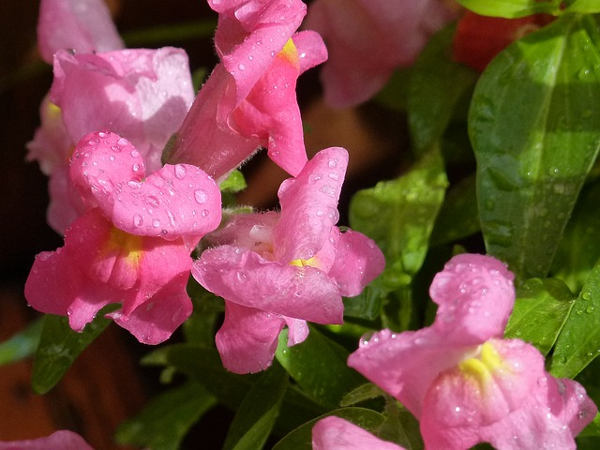
Children are arguably its biggest fans – they like to squeeze the flower’s sides so that its “mouth” opens and snaps shut. The flower is able to bloom in winter and can handle frost. It comes in almost all ranges of colour, except blue.
Grow under full sun with well-draining soil.
Viburnum (Viburnum Tinus ‘Gwenllian’)
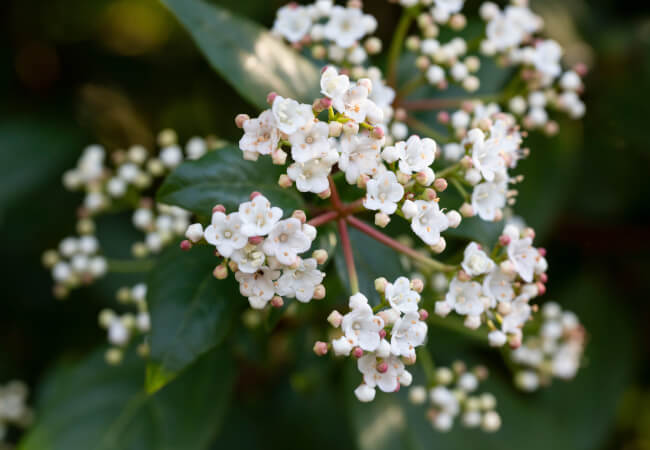
We love Viburnum Tinus ‘Gwenllian’. This is another compact shrub that most gardeners will be able to find a home for, and it’s well worth it for its winter value.
From red buds in early winter come white flowers later in the cold season and finally blue almost metallic-looking berries.
Need a professional gardener?
Enter your postcode to view our rates and availability in your area.
For questions about the services we offer visit our main site
If you are a fan of the evergreen trees or shrubs and want to have more around the garden (even if they don’t flower), then we can give you a few suggestions.
As we approach Christmas nothing looks more seasonal than Holly. Some Holly varieties can grow rather large, but Ilex aquifolium is a slow-growing, dense shrub that can be used for dramatic effect in a smaller garden. Check out the charmingly named Hedgehog Holly Ferox Argentea, or Holly Amber, an RHS-recommended species with orange rather than red berries.
And to go with your Holly, how about some ivy? One unusual species is Hedera helix ‘Erecta’, also known as Dwarf Ivy. As you might guess from the name, rather than climbing or creeping, this Ivy stands up all on its own.
It stands short reaching no more than a metre in height, and it has no flowers, but the spikes of the plant look a little like a flower head. It’s nice to see an ivy that stays where you put it rather than wandering around the garden and getting invasive with other plants.
***
What are your favourite winter flowers? How do you take care of your winter plants? Share your opinions below in the comments.


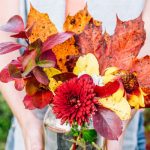
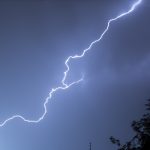
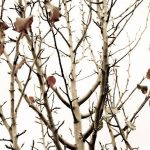
I like all of this one.
I try my best to make my garden be natural as it can be. And I think that’s great idea.
Try it!
You must read my comment on the garden. This article has been very good, made you do a lot, and a lot. Thank you, continue to grow.
Really Beautiful winter Flowers. Winter Flowers helps to make more beautify your home and garden. MY one of the most favorite is winter jasmine and snowdrops. Both are cute and glow flowers. Thanks for sharing the list of winter flowers.